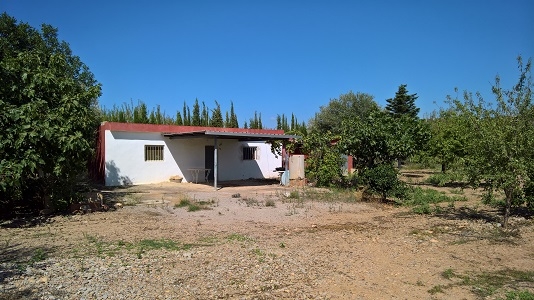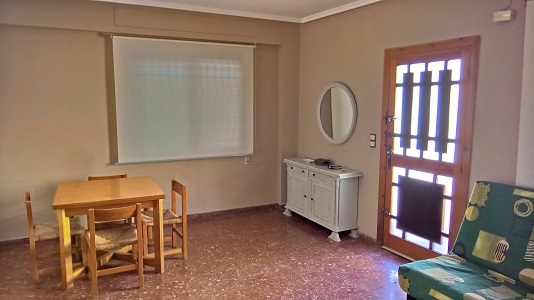In recent years, there has been a significant increase in sustainable energy investment in Eastern Europe. This region has traditionally been heavily dependent on fossil fuels for its energy Voltprofit Max needs, but there is a growing recognition of the need to transition to cleaner sources of energy to combat climate change and improve energy security. This shift towards sustainable energy has been driven by a combination of government policies, incentives for renewable energy projects, and the declining cost of renewable technologies.
One of the key drivers of sustainable energy investment in Eastern Europe has been the European Union’s commitment to reduce greenhouse gas emissions and increase the share of renewable energy in its energy mix. The EU has set ambitious targets for its member states to increase the use of renewable energy sources, such as wind, solar, and biomass, in order to meet its climate goals. This has led to a wave of investment in renewable energy projects in countries such as Poland, Romania, and Bulgaria.
Governments in Eastern Europe have also introduced various incentives to encourage investment in sustainable energy projects. These incentives include feed-in tariffs, tax breaks, and grants for renewable energy development. In addition, some countries have implemented renewable energy quotas, requiring a certain percentage of energy to come from renewable sources. These policies have helped to create a conducive environment for sustainable energy investment in the region.
The declining cost of renewable energy technologies has also played a significant role in driving investment in Eastern Europe. The cost of solar panels, wind turbines, and other renewable technologies has decreased significantly in recent years, making them more competitive with traditional fossil fuel sources. This has made sustainable energy projects more economically viable and attractive to investors.
One of the key challenges facing sustainable energy investment in Eastern Europe is the need for improved infrastructure to support the integration of renewable energy sources into the grid. Many countries in the region have outdated energy infrastructure that is not well-suited to handling the variability of renewable energy generation. As a result, there is a need for significant investment in grid upgrades, energy storage technology, and smart grid solutions to ensure the reliable integration of renewable energy into the system.
Despite these challenges, there are a number of success stories of sustainable energy investment in Eastern Europe. For example, Poland has made significant strides in developing its wind energy sector, with the country becoming one of the largest producers of wind energy in the region. Romania has also seen a boom in solar energy investment, with large-scale solar farms being developed across the country. These projects not only contribute to reducing greenhouse gas emissions but also create jobs and stimulate economic growth.
In conclusion, the growth of sustainable energy investment in Eastern Europe is a positive development that will help to reduce carbon emissions, improve energy security, and create new economic opportunities. With the right policies and incentives in place, the region has the potential to become a leader in renewable energy development. However, continued investment in infrastructure and technology will be crucial to realizing this potential and ensuring a sustainable energy future for Eastern Europe.











Compartir